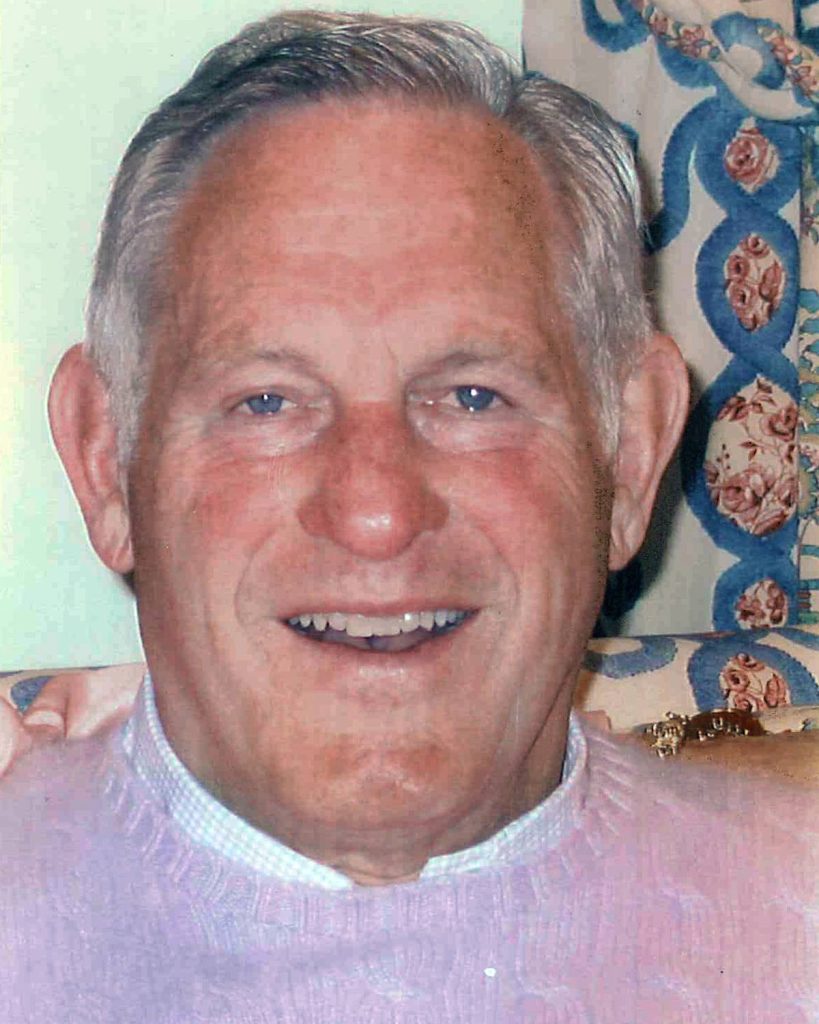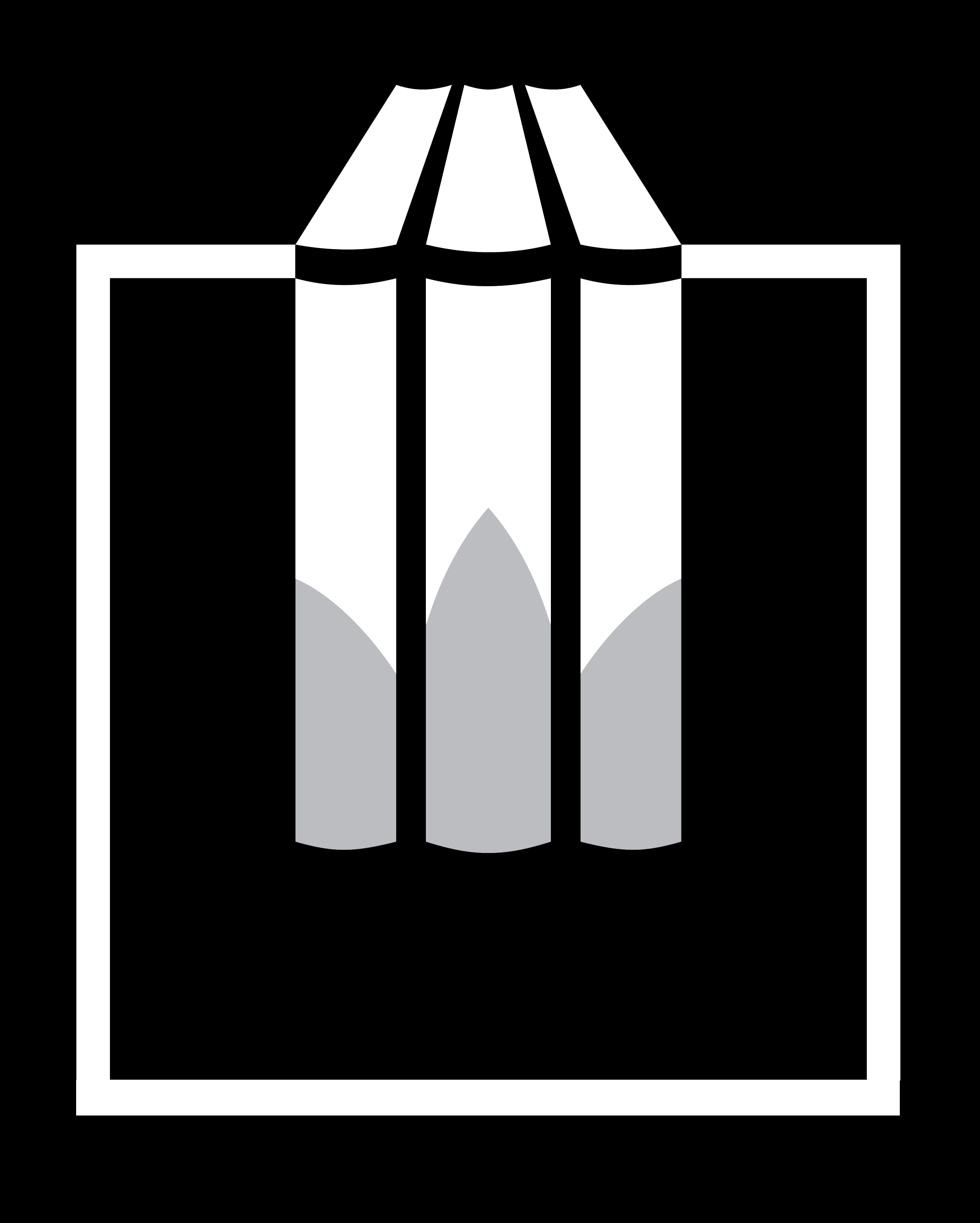Heller John Herbert (1921–1995)
Jan S. Jaworski ![]()
University of Warsaw, Poland
American biophysicist, professor of medical sciences, internationally renowned specialist in the reticuloendothelial system (nowadays known as the macrophage system), co-author of the pioneering work confirming the presence of authentic blood on the Shroud of Turin.
He was born on 28 November 1921 in Wilton, Connecticut, the son of Herbert Charles and Helen (née Breschel). He graduated from Yale University with a Bachelor of Art in 1942. During his studies, Albert Einstein became his ‘unofficial advisor’ unexpectedly, to whom he travelled to Princeton once or twice a year. He later recalled in his book that in his analysis of the blood from the Shroud of Turin he first used Einstein’s advice, who pointed to the thought experiment as the cheapest study.

In 1945, J. Heller received his doctorate in medicine from Case Western Reserve University. For one year he was a resident at Cornell Bellevue Hospital in New York. He then worked at the Yale University School of Medicine for six years until 1954, learning about various specialties as an instructor of pathology, research fellow, assistant professor of internal medicine, attending physician and head of the medical physics section. At the same time, he worked as a physician assistant at a Yale-New Haven hospital and conducted research at the American Heart Association. From 1954, he was founder, executive director and president of the New England Institute for Medical Research in Ridgefield (Connecticut). He became professor of interdisciplinary studies at the institute in 1966, served as president of the board of trustees from 1976 to 1978, and became professor emeritus in 1981, although he continued to provide various educational projects with his expertise. The New England Institute was a private not-for-profit organisation dedicated to basic interdisciplinary research and advanced education in a variety of sciences, and students could study a variety of subjects in completely different sciences simultaneously, which was not possible in universities at the time. The institute had the authority to award master’s and doctoral degrees, and employed a number of ‘visiting scientists’ from other universities in addition to its permanent staff. At a hearing in the House of Representatives of the US Congress on 26 February 1969, John Heller cited research into genetic effects induced by radio-frequency fields, studies of the body’s defence mechanisms and leukaemia along with the interdisciplinary education of young post-doctoral researchers and exploratory research in various fields of medicine, chemistry, nuclear physics or mathematical and computer analysis, among the Institute’s most important achievements. John Heller was a member of many scientific societies, including the New York Academy of Sciences, the Royal Society of Health, the Biophysical Society, the Society for Experimental Biology and Medicine, the American Physiological Society, the American Chemical Society, the Society for Nuclear Medicine and the American Federation for Clinical Investigation. For his scientific activities, he received honours from Belgium, France (silver medal of the Pasteur Institute), the USA (medal of the biopharmaceutical company Squibb) and an international gold medal for his research on the reticuloendothelial system. In 1954, J. Heller founded the international Reticuloendothelial Society and in 1960 published a book in this field: Reticuloendothelial Structure and Function. From the point of view of the study of blood on the Shroud of Turin, it is significant that he was concerned with the processes of red blood cell formation and destruction. He was a specialist in the macrophage system (in his day called the phagocytic or reticuloendothelial system), components of the human immune system that are particularly responsible for the destruction of old erythrocytes by dissociating iron from haemoglobin and producing bile pigments. As a specialist in this field, he has repeatedly carried out blood trace detection tests for forensic purposes.
John Heller was brought into the Shroud of Turin Research Project (→STURP) by Raymond Rogers when the samples he took in Turin were already being examined in the USA. Walter McCrone detected the presence of inorganic pigments in them and concluded that the image on the Shroud had been produced with them, a conclusion that other STURP researchers disagreed with (cf. →Chemical Analyses of the Shroud). The same samples were obtained for analysis by J. Heller, who from the beginning of the research collaborated with chemist Alan D. Adler of Western Connecticut State University, a specialist in the chemistry of porphyrins. In samples from the bloodstain area, they confirmed the presence of a porphyrin ring, which forms the core of the haemoglobin molecule, as well as the presence of albumin, a blood plasma protein, and bilirubin, a bile pigment formed from the breakdown of haemoglobin (cf. →Blood on the Shroud of Turin). With the help of chemical tests, they furthermore found the solubility of the red coating of the flax fibres in a mixture of enzymes and in hydrazine (with the formation of a characteristic pink colour) along with the formation of bright red cyanmethemoglobin when cyanides were added. They also confirmed the similarity of the electron spectra to those of methaemoglobin. In this way, they were the first to prove and describe in two scientific publications that there is authentic blood on the Shroud. However, they were unable to confirm that it was human blood (they stated cautiously that it must belong to a primate). John H. Heller, together with A. Adler, also used drop microanalysis, seeking to explain the chemical nature of the image visible on the Shroud. The results were presented at a scientific convention of the Canadian Society of Forensic Medicine and published in a specialist journal, but it seems that at that time it was A. Adler, who was the lead researcher as a chemist. They found no colour-forming metals in the inorganic compounds (with the exception of iron, whose origin they convincingly explained) or organic functional groups, with the exception of the aldehyde and carboxyl groups of cellulose. These point to the oxidation of the cellulose material itself, causing the yellow colour of the fibres in the image area (cf. →Chemical Analyses of the Shroud).
The history of his sindonological research was presented by J. Heller in a popular book published in 1983 (although reviewers accused him of misrepresenting facts in which he was not directly involved). John Heller was married to Maria Stokes Vecchio, with whom he had eight children. He died on 13 December 1995. A year later, an extensive interview conducted with him (and A. Adler) shortly before his death was published in a book by Thomas W. Case.
References
Baima Bollone P., John H. Heller: Report on the Shroud of Turin; Houghton Mifflin, Boston, 1983, [review], “Shroud Spectrum International”, Vol. 9, No. 7, [on-line:] https://www.shroud.com/pdfs/ssi09part7.pdf – 14 I 2022.
Case T.W., The Shroud of Turin and the C-14 Dating Fiasco: A Scientific Detective Story, White Horse Press, 1996, p. 103.
Crispino D., The Heller Report, [review], “Shroud Spectrum International”, Vol. 9, No. 7, [on-line:] https://www.shroud.com/pdfs/ssi09part7.pdf – 14 I 2022.
John Herbert Heller, [in:] World Biographical Encyclopedia, [on-line:] https://prabook.com/web/john_herbert.heller/792324 – 13 I 2022.
Obituary: Dr John Heller biophysicist, [on-line:] https://www.shroud.com/n42part3.pdf – 14 I 2022.
Remembering Shroud Blood Scientist Dr. John H. Heller, [on-line:] https://shroudofturin.files.wordpress.com/2013/12/heller.pdf – 14 I 2022.
Selected Medical Publications
Heller J.H., Cortisone and Phagocytosis, “Endocrinology” 1955, Vol. 56, No. 1, pp. 80–85, https://doi.org/10.1210/endo-56-1-80.
Heller J.H., Reticuloendothelial Structure and Function, Ronald Press, New York 1960, p. 473.
Ransom J.P., Pasternak V.Z., Heller J.H., Effect of a Reticuloendothelial Stimulating Agent (Restim) on Resistance of Mice, “Journal of Bacteriology” 1962, Vol. 84, No. 3, pp. 466–472, https://doi.org/10.1128/jb.84.3.466-472.1962.
Syndonological Bibliography
Heller J.H., Adler A.D., Blood on the Shroud of Turin, “Applied Optics” 1980, Vol. 19, No. 16, pp. 2742–2744, https://doi.org/10.1364/AO.19.002742.
Heller J.H., Adler A.D., A Chemical Investigation of the Shroud of Turin, “Canadian Society for Forensic Science Journal” 1981, Vol. 14, pp. 81–103, https://doi.org/10.1080/00085030.1981.10756882.
Heller J.H., Report on the Shroud of Turin, Boston 1983, p. 225.
Jumper E.J., Adler A.D., Jackson J.P., Pellicori S.F., Heller J.H., Druzik J.R., A Comprehensive Examination of the Various Stains and Images on the Shroud of Turin, “Archeological Chemistry III” 1984, pp. 447–476, ACS Advances in Chemistry, Vol. 205, https://doi.org/10.1021/ba-1984-0205.ch022.
Source of Image
Private collection
